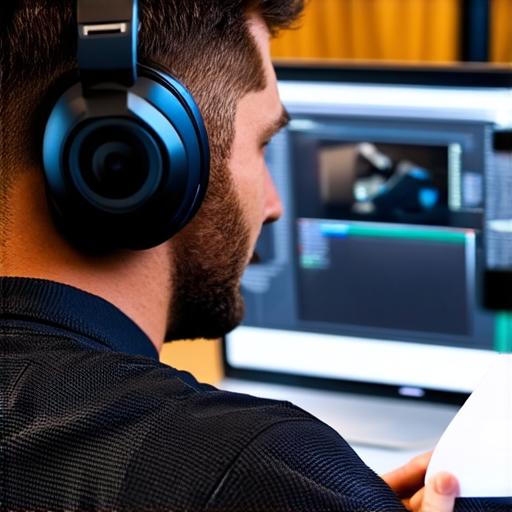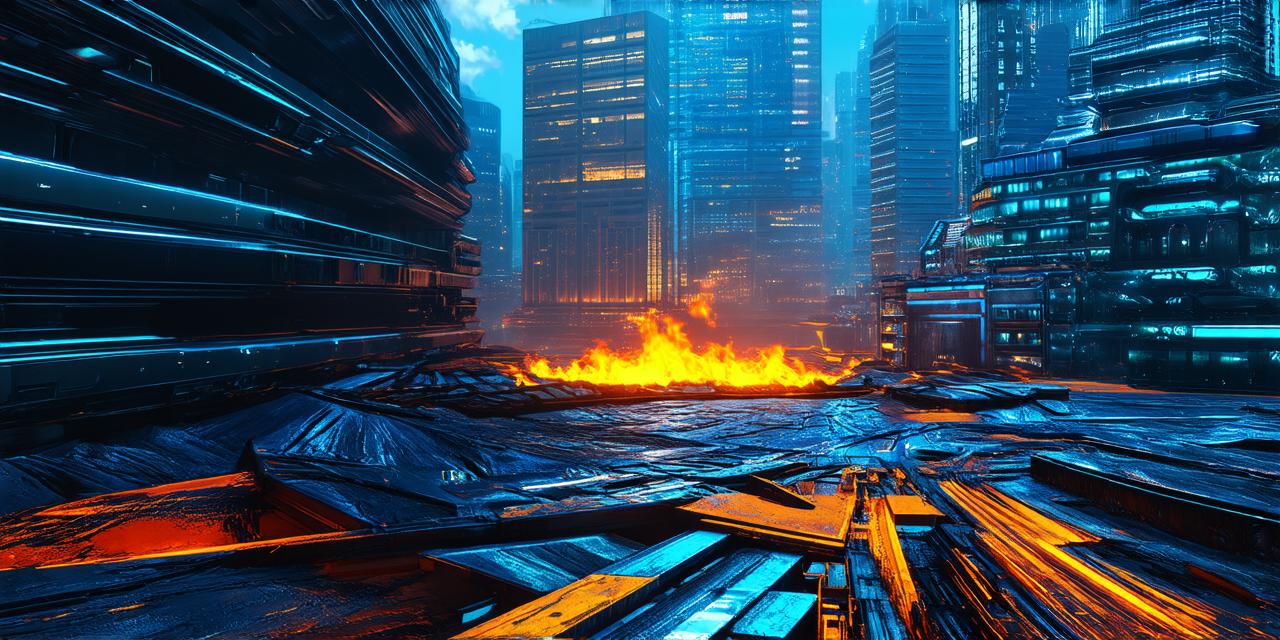1. What are Unity and Blender?
Before we dive into the integration of Unity and Blender, it’s important to understand what each tool is and what it does. Unity is a popular game engine that allows developers to create 2D, 3D, and AR games for various platforms. It offers a wide range of features and tools for game development, including scripting, animation, and physics simulation.
Blender, on the other hand, is a powerful 3D modeling and animation software used in the film, television, gaming, and visual effects industries. It offers an extensive set of features and tools for creating 3D models, animations, and textures.
2. Benefits of integrating Unity and Blender
Integrating Unity and Blender offers several benefits to game developers:
- Increased efficiency: By using Blender to create 3D assets and then importing them into Unity, you can save time and streamline your workflow. This allows you to focus on other aspects of game development, such as programming and sound design.
- Improved quality: Blender offers a wide range of advanced features and tools for creating high-quality 3D assets, which can help improve the overall look and feel of your game.
- Enhanced collaboration: By using both Unity and Blender, you can work more efficiently with other members of your team, such as artists and animators. This allows for better communication and collaboration, which can lead to a stronger final product.
3. How to integrate Unity and Blender
Integrating Unity and Blender is easy and straightforward. Here’s how:
- Export 3D assets from Blender in FBX format: In Blender, simply go to File > Export Scene > FBX (or any other format that Unity supports). Make sure to select the objects you want to export and set up any necessary export options.
- Import 3D assets into Unity: In Unity, go to Assets > Import Package or Asset > From File > Import New Asset. Select the FBX file you just exported from Blender and follow the prompts to import it into your Unity project.
- Create animations in Blender: To create animations in Blender, simply select the objects you want to animate, go to Animation > Dope Sheet, and start creating keyframes. Once you’re happy with your animation, export it as an FBX file and import it into Unity using the same process as above.
- Apply materials and textures in Blender: To apply materials and textures in Blender, simply select the objects you want to texture, go to Materials > Principled BSDF (or any other material type), and start creating your texture in the Inspector window. Once you’re happy with your texture, export it as an image file and import it into Unity using the same process as above.
4. Real-life examples of integrating Unity and Blender
Here are a few real-life examples of how integrating Unity and Blender can be used in game development:
- Epic Games: In 2018, Epic Games released the Fortnite Battle Royale game, which was built using both Unity and Blender. The game’s assets were created in Blender and then imported into Unity for further development.
- Ubisoft: Ubisoft used Unity and Blender to create the open-world adventure game Assassin’s Creed Valhalla. The game’s 3D models and animations were created in Blender and then imported into Unity for further development.
- Rockstar Games: Rockstar Games used Unity and Blender to create the Red Dead Redemption 2 game. The game’s 3D models and animations were created in Blender and then imported into Unity for further development.
5. Expert opinions on integrating Unity and Blender
Here are some expert opinions on integrating Unity and Blender for 3D game development:
“Integrating Unity and Blender is a powerful combination that can help streamline your workflow and improve the overall quality of your game,” says John Carmack, co-founder of id Software.
“By using both Unity and Blender, you can work more efficiently with other members of your team, which can lead to a stronger final product,” says Markus Persson, creator of Minecraft.

“Unity and Blender are two of the most powerful tools in the 3D game development industry, and integrating them is a must for any serious game developer,” says Tim Sweeney, co-founder of Epic Games.
6. FAQs on integrating Unity and Blender
Here are some frequently asked questions about integrating Unity and Blender:
- How do I import 3D assets from Blender into Unity? Go to Assets > Import Package or Asset > From File > Import New Asset, select the FBX file you just exported from Blender, and follow the prompts to import it into your Unity project.
- How do I create animations in Blender for use in Unity? Select the objects you want to animate, go to Animation > Dope Sheet, and start creating keyframes. Once you’re happy with your animation, export it as an FBX file and import it into Unity using the same process as above.
- How do I apply materials and textures in Blender for use in Unity? Select the objects you want to texture, go to Materials > Principled BSDF (or any other material type), and start creating your texture in the Inspector window. Once you’re happy with your texture, export it as an image file and import it into Unity using the same process as above.
- Can I use Unity and Blender together on a single computer? Yes, both Unity and Blender can be installed and used together on a single computer. However, it’s recommended to have separate computers for each tool if possible, as this can help improve performance and workflow efficiency.
